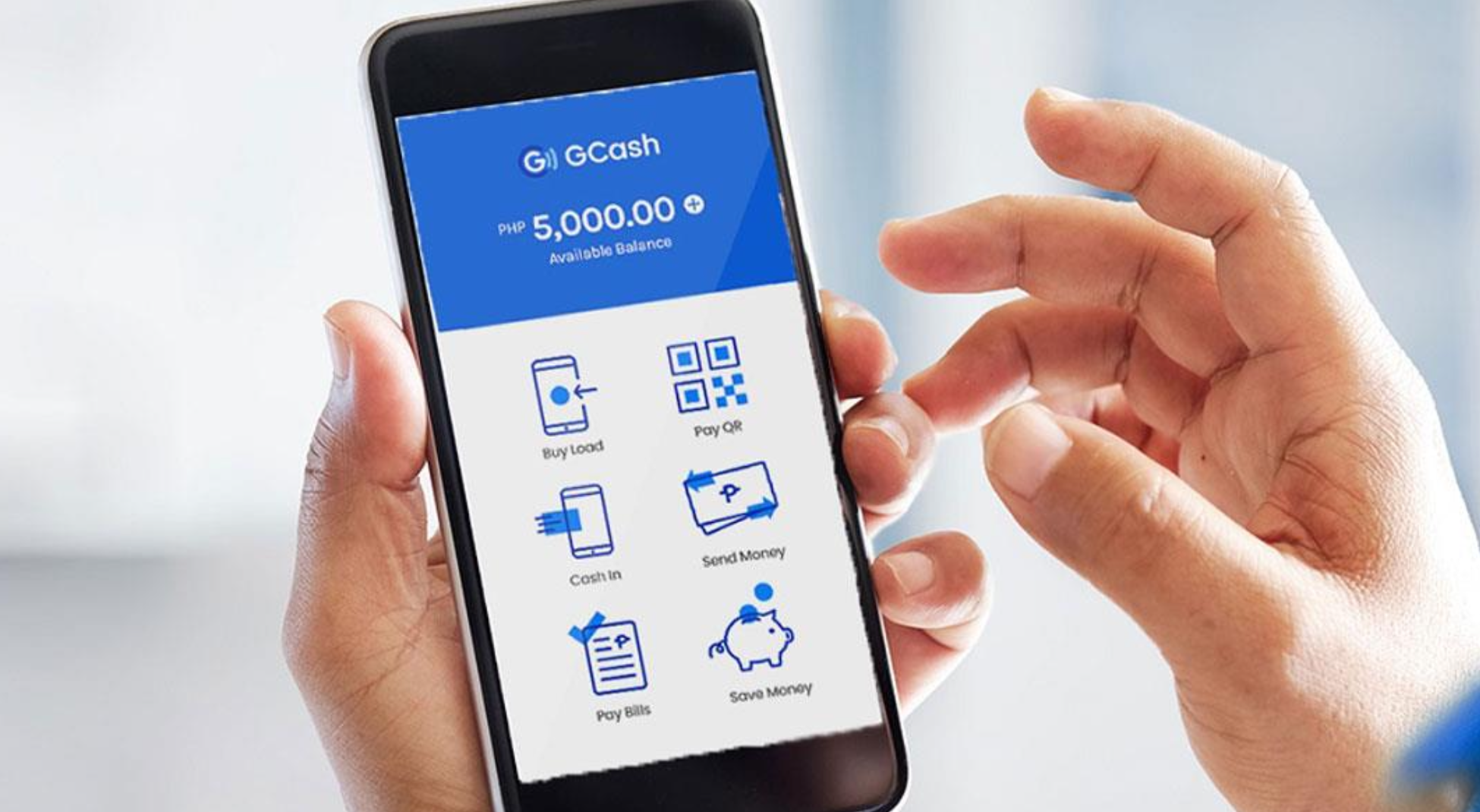
Reliance Jio’s free trial strategy: Are ‘free’ models the future?
Reliance Jio has caught the eye of everyone in the industry, having broken records in terms of mobile subscriber acquisition in the last few months. Since it launched its offer in September 2016, it acquired 50 million subscribers in 83 days, the rate of which surpassed even the likes of Facebook and Whatsapp.
Jio has broken records: 50 million subscribers in 3 months
Reliance Jio began by offering free introductory access in 2016 with an ambitious goal of 1 million new subscribers per day. Having fallen short of their target, they continued this free offer until the end of March 2017. This is an extended free trial for an unfamiliar service to most of the market – nearly six months of free 4G high-speed mobile data, calls, and messaging, before then offering a range of premium-priced packages, which translate into higher ARPUs than the Indian average of 150 rupees/month. Note, Jio’s packages run on a billing cycle of 28 days, rather than a calendar month. The 28-day billing cycle offers an extra month of revenue (365/28 = 13.03) compared to competitors who charge at a traditional monthly cycle.
Using a ‘free’-based model to meet objectives
India has an estimated one billion mobile users, a third of which have some sort of mobile internet access, with only a tenth of the internet users with access to 3G or above connection speeds. As the voice market was well saturated and served, Reliance Jio has immediately targeted an area that would naturally grow: data and mobile broadband. It has designed its business model entirely around monetising data and the free trial model is one of its strategic initiatives to meet its business objectives:
- Rapidly gain market share
- Increase mobile data usage
- Ensure high ARPU
Lessons from the past
But is ‘free’ sustainable? There have been previous attempts of using a free trial/freemium model, but with a risky pricing strategy and other variables to consider, not all of these have been success. Below we evaluate four examples.
Figure1. A short and partial list of comparable freemium providers and their fates
| Company | Type | Model/strategy | Evaluation | Reasons |
| FreedomPop | MVNO | Freemium model | Moderate success | In its first month FreedomPop converted 5% of customers from free to paid. This rose to 10% and hit 20% by month three. |
| HKBN | ISP / MVNO | Free trial [DA1] – six months free for new subs | Moderate Success | Having launched in Sept 2016, HKBN has already signed up 70,000 new subscribers of their 200,000 goal for the year. |
| VimpelCom (Beeline Georgia) | MNO | ‘Freevolution’ – platform-based voice and data | Uncertain | Recently launched in October 2016. |
| Blyk | MVNO | Ad-supported, youth-focused service | Failed | Customer base did not grow to projections for sustainability. Transformed to partnership model. |
Are ‘free’-based models the future?
‘Free’ is a gamble. Jio is betting that their free trial will convince consumers to stick around once its premium rates kick in, and given the massive investment in infrastructure, it seems that Reliance Jio is certain that their bet is going to pay off. What remains to be seen is whether the many new, currently-free subscribers will accept Reliance Jio’s claims of higher download speeds and quality of service, and stick around and pay for significantly higher tariffs.
Looking at other examples of free-based models from the past and present, it is difficult to generalise whether ‘free’ works: in some cases, they have seen success (FreedomPop), whereas in others, it has been a disaster (Blyk).
However, looking into the future, there are signs that ‘free’ might be a trend for the long term. As the revenue/MB of data falls across many markets and there is a proliferation of high volume and “unlimited” tariffs, some operators may have to start getting creative when it comes to their business models. Those looking to become ‘digital service providers’, will be developing services using their connectivity assets, but connectivity is unlikely to be the key differentiator for these services .
The growth of IoT will undoubtedly accelerate this trend. With the low-bandwidth, high-volume onset of ‘massive IoT’, devices would require such minimal amounts of data (e.g. LinkLabs estimates that an alarm panel would use just 22KB/month) that current revenue models based on amount of data consumed would not be practical. As data demand increased and the number of connected devices is set to explode, IoT service providers now need to explore how to bundle connectivity into numbers of devices or applications in favour of the traditional pay-per-MB pricing model
Download this article as a PDF
Read more about Recharging Consumer Revenues
Consumer insights pack
This document will provide you with a summary of our insights from our recharging consumer revenue work
What is smart Wi-Fi?
Smart Wi-Fi refers to the use of capabilities in the Wi-Fi system that enhances the network service (reliability, availability and latency).
What is GCash?
In this article, we explore some of the reasons why GCash has become so successful and the ongoing challenges they will face.
Augmented reality use cases: Unlocking consumer experiences
This article examines the impact of AR in two key consumer domains – live events and commerce – and judges where telcos fit in.




